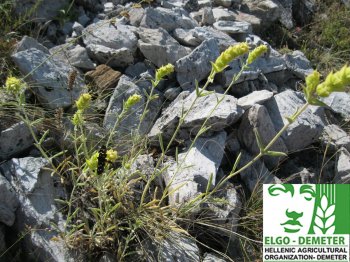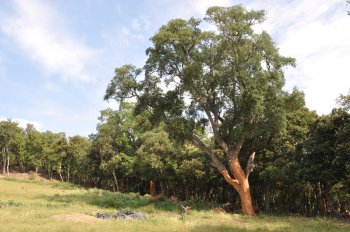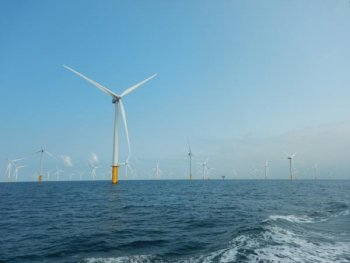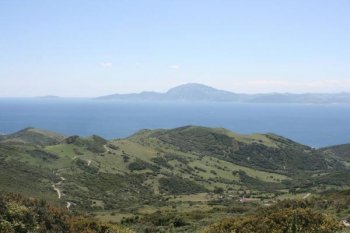Conservation and sustainable exploitation of Medicinal and Aromatic Plants from mountain areas
Submitted by Nikos Markos on 14 May 2020Sideritis sp. are among the most overhavested in Greece and many wild populations are threatened. It is used for the preparation of herbal tea, known as Mountain tea which is widely consumed due to its properties known from folk medicine. The traditional use of 4 Sideritis sp. has been adopted by HMPC in a herbal monograph (1) and several studies have been reported on its pharmacological properties. The overharvesting has put a pressure onto its populations. The MOUNTEA-CONSE project (2) aimed at the development of conservation and sustainable exploitation activities for...























